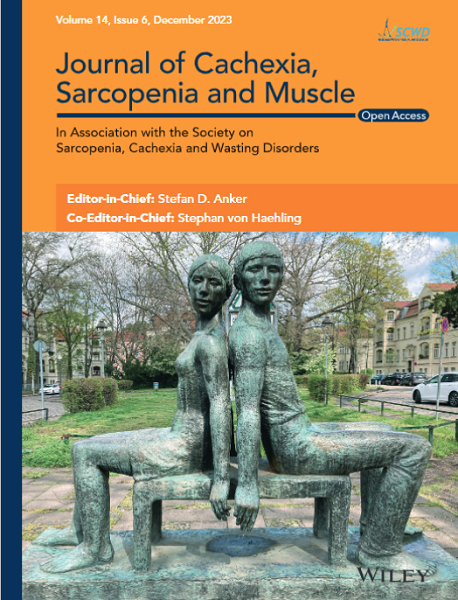Testosterone Modulation of Muscle Transcriptomic Profile During Lifestyle Therapy in Older Men with Obesity and Hypogonadism
Abstract
Background
Testosterone replacement therapy (TRT) added to lifestyle therapy can mitigate weight-loss–induced reduction of muscle mass and bone mineral density (BMD) in older men with obesity and hypogonadism.
Objective
To investigate the molecular mechanisms underlying the attenuation of muscle and BMD loss in response to TRT during intensive lifestyle intervention in this high-risk older population.
Methods
Among 83 older (≥ 65 years) men with obesity (BMI ≥ 30 kg/m2) and hypogonadism (early AM testosterone persistently < 300 ng/dL) associated with frailty (Modified Physical Performance Test score ≤ 31) randomized into 26-week lifestyle therapy plus testosterone (LT+TRT) or placebo (LT+Pbo) in the LITROS trial, 38 underwent serial muscle biopsies for the muscle transcriptomics substudy.
Results
Despite similar ~10% weight loss, lean body mass and thigh muscle volume decreased less in LT+TRT than LT+Pbo (−2% vs. −4%, respectively; p = 0.04). Hip BMD was preserved in LT+TRT compared with LT+Pbo (0.4% vs. −1.3%; p = 0.03). Muscle strength increased similarly in LT+TRT and LT+Pbo (23% vs. 24%; p = 0.95). Total testosterone increased more in LT+TRT than LT+Pbo (133% vs. 32%; p = 0.005). Based on Next Generation Sequencing, of the 39 160 and 39 115 genes detected in LT+TRT and LT+Pbo, respectively, 195 were differentially expressed in LT+TRT and 158 in LT+Pbo. Gene Ontology enrichment analyses revealed that in LT+TRT, just four muscle-related pathways (muscle organ development, muscle organ morphogenesis, regulation of skeletal muscle contraction, muscle atrophy) were downregulated and one pathway (muscle system process) was upregulated. In contrast, in LT+Pbo, nine muscle-related pathways (muscle system process, muscle tissue development, muscle organ development, skeletal muscle tissue development, skeletal muscle organ development, skeletal muscle cell differentiation, muscle organ morphogenesis, response to stimuli involved in regulation of muscle adaptation, muscle atrophy) and one pathway related to bone (bone mineralization involved in bone maturation) were downregulated. Muscle system process was upregulated in LT+TRT but downregulated in LT+Pbo. RT-PCR analyses showed that LT+TRT resulted in a higher expression of MYOD1 (p = 0.02) and WNT4 (p = 0.02), key genes involved in muscle and bone metabolism, respectively, compared with LT+Pbo. We also observed significantly higher mRNA expression of MYBPH (p = 0.006), SCN3B (p = 0.02) and DSC2 (p = 0.01), genes involved in the muscle system process, in response to LT+TRT compared with LT+Pbo.
Conclusion
The addition of TRT to lifestyle therapy mitigates the weight-loss–induced reduction of muscle mass and BMD via countering the weight-loss–induced downregulation of genes involved in muscle and bone anabolism.


 求助内容:
求助内容: 应助结果提醒方式:
应助结果提醒方式:


